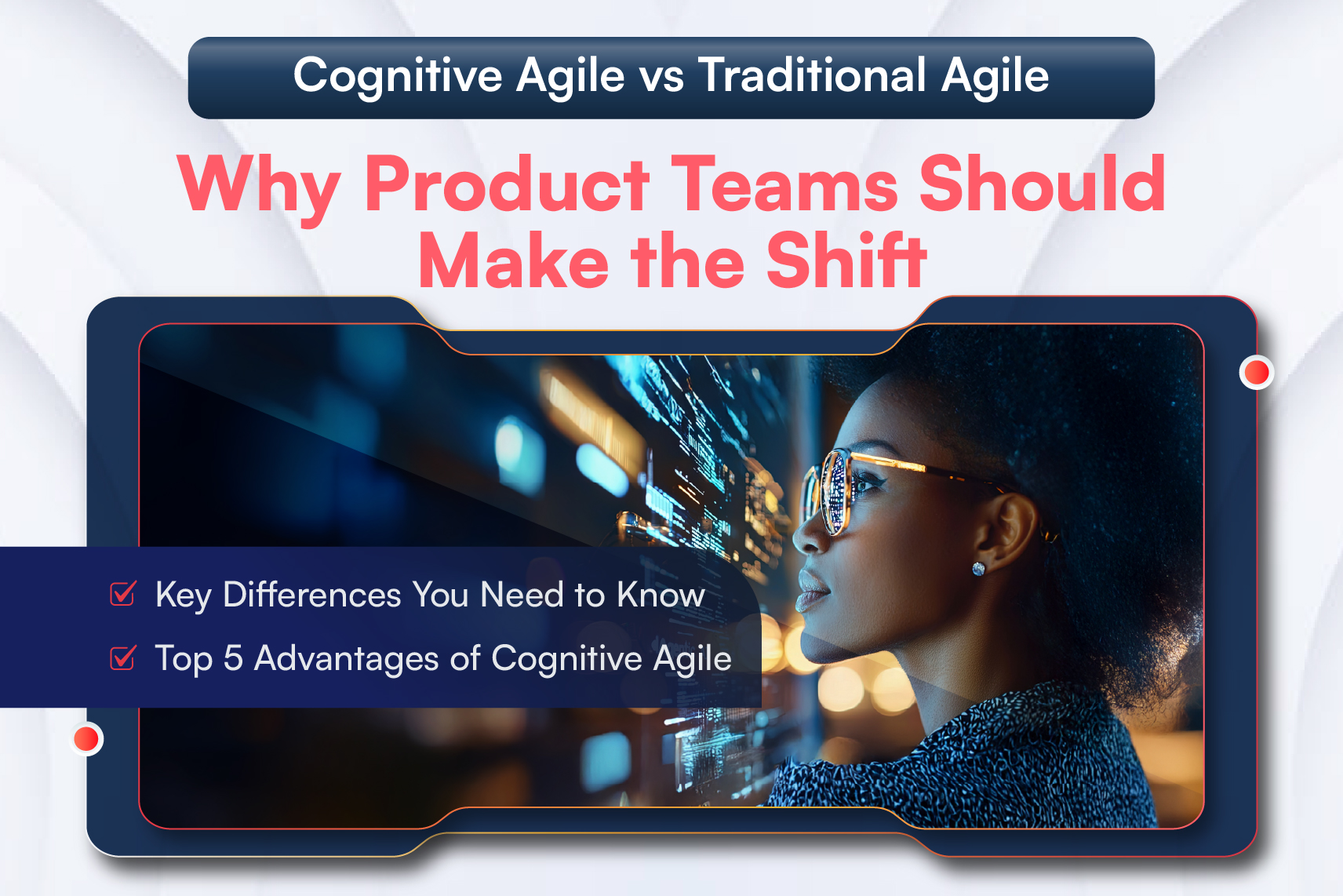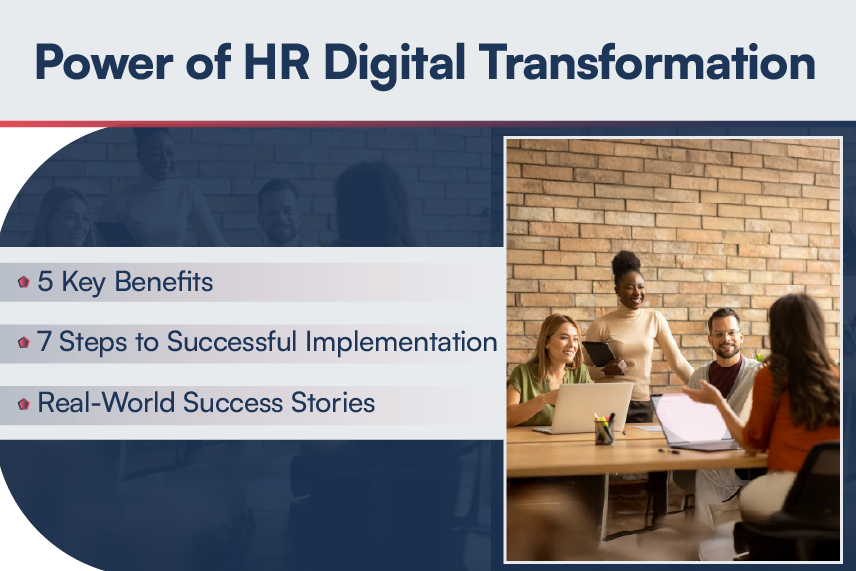
All of us have been a part of the performance appraisal cycle at some point or the other. What does performance appraisal mean to your company? For most of the companies, it is a practice that happens once or twice a year where managers evaluate and score their team members according to predefined grading method or scale on different Key Responsibility Areas (KRAs). They hold a meeting with their team members and provide feedback for the whole year or six months. The formal top-down annual review process is focused on the past performance to determine an employee’s performance. 95% of managers are not satisfied with their organization’s annual performance process and 75% of employees see it as unfair. Another study has found that only 8% of companies believe that their traditional performance management process drives business value.
Some of the problems that arise with this traditional approach are:
- Frequency of the review
In most of the companies, performance appraisal happens once or twice a year and that is one of the major problems with this traditional approach. Evaluating past performance of the employee after six months or a year does not help to identify and fix the performance issues in a timely manner. Employees’ accomplishments or mistakes may have been forgotten after six months or a year when it’s time for their performance review. On the other hand, the ratings given to the employee are likely to be influenced by his/her most recent interactions, as they will be most prominent in their memory.
- Employee development
How much traditional performance methods help in employee development is somewhat unclear for employees as well as organizations. Performance appraisal is about the past, which means how the employee has performed in a past period, is being reviewed for a particular performance cycle. They rarely focus on developing the employee’s skills and abilities.
The traditional approach to performance appraisals needs a change and some companies like Adobe have enhanced traditional approach, modifying certain elements and making it more suited for the current workforce. These elements along with some other, have given rise to continuous performance management, that is being adopted more and more organizations world-wide. So what does continuous performance management mean and how is it different from the traditional approach?
As the name suggests, continuous performance management is the process that takes place throughout the year on an ongoing basis. These processes include near-term objective setting, regular one-to-ones, frequent coaching and feedback. In this new model, the focus is on the present and future of the employee as opposed to the traditional approach, where the focus is on the past performance of the employee. Continuous performance management is about helping employees in their development and improving their performance. The purpose of this model is to provide developmental feedback that will help employees continue to grow their skills and abilities to contribute to the organization.
To be effective, continuous performance management needs to be frequent and real-time rather than retrospective. It also needs to be monitored to ensure that it is being carried out effectively and there should be a mechanism to track/record feedback or discussions taking place during one-on-ones. Continuous performance software can help companies by:
- Capturing action points from check-ins to follow up on, rather than being noted down in a book and forgotten about.
- Setting objectives aligned with organizational goals that are regularly updated.
- Capturing progress and obstacle updates.
- Providing HR visibility on how often one-on-ones are taking place across the organization and how frequently feedback is given.
- Collating performance and talent data without having to carry out formal appraisals.
At Harbinger, we do regular one-on-ones(O3), where managers meet with their subordinates at-least once in a month, to discuss their performance, provide real-time feedback, and set goals for the next O3. This helps in providing frequent feedback and track employee growth. To help this model, Harbinger has developed a software which helps in recoding O3 discussions in detail which will then help in evaluating employee performance over the period. There are various provisions in the O3 where the manager gets a chance to provide and record tips on career development, project management, and team management among others. Subordinates can add their comments even after the O3 has finished, they can express their agreement or disagreement or feedback in the comments section. The system is designed to make sure none of the O3s are missed and at-least a monthly check-in is ensured. Above mentioned points help in developing a wholesome picture at the time of the appraisal and also takes note of the relationship between the manager and the subordinate. A well-conducted O3 helps in having a smooth appraisal process.
We may still have a question on how we can collate the data that we need to make decisions about pay and promotions at the end of the year. Companies keep asking their managers about the feedback of all the members of their team periodically, may be once in quarter. If the managers are having regular one-on-ones with their subordinates and seeing the performance on a regular basis, then they do not need a lengthy appraisal discussion to evaluate the performance of their team members.
All in all, continuous performance management in the form of regular check-ins, continuous feedback, coaching and conversations is a good way to help an employee in developing their skills and abilities throughout the year and is definitely a must have change in the near future.






